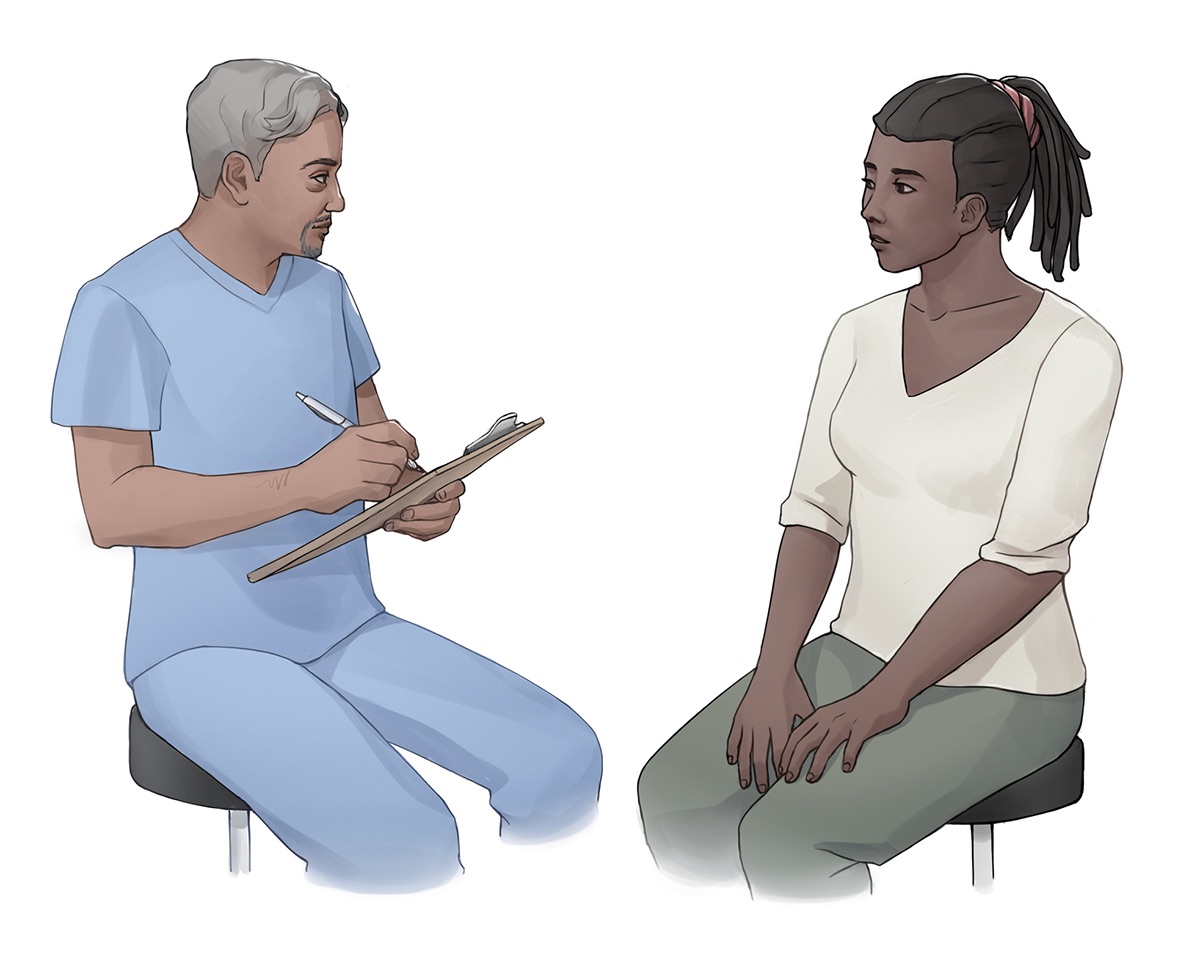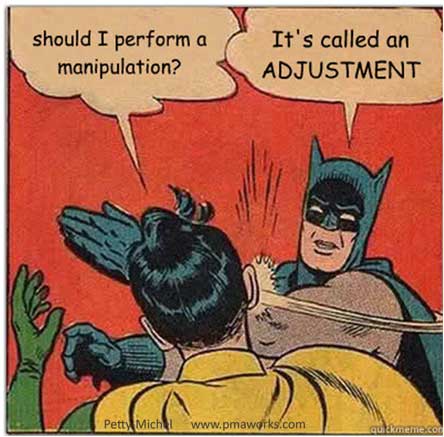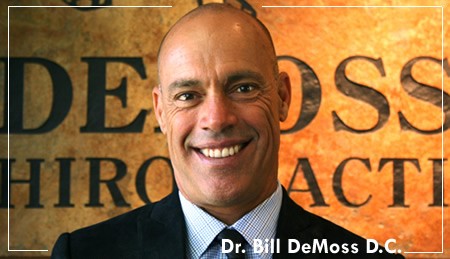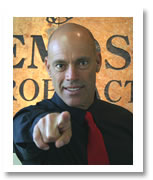Was Darwin wrong? Let’s find out.
BUT FIRST CONSIDER THIS WARNING:
You and your staff may have an uninspected cultural bias that is toxic to you and your office and is negatively affecting your best efforts. This could be happening right now as you read this!
How could this be?
Well, ingrained in our culture is the idea that to survive, we must compete and overcome others. It is a win-lose world: either I win and you lose, or you win and I lose.
This idea had much support with the work of Charles Darwin. Darwin’s perspective of evolution included the concept of survival of the fittest with a sort of “dog eat dog” theme.
However, recent studies suggest this is not entirely the case.
“When biologists look closely at nature they cannot help but notice cooperative partnerships that do not comfortably fit with the competitive struggle that is central to Darwinanin evolution.” (Darwin’s Blind Spot: Evolution Beyond Natural Selection, Frank Ryan)
This theory of cooperation in evolution was actually put forth 50 years before Darwin, by a Frenchman by the name of Jean-Baptiste de Lamarack (1744 – 1829), who established evolution as a scientific fact.
According to Bruce Lipton, “Not only did Lamarck present his theory fifty years before Darwin, he offered a much less harsh theory of the mechanisms of evolution. Lamarck’s theory suggested that evolution was based upon an “instructive,” cooperative interaction among organisms and their environment that enables life forms to survive and evolve in a dynamic world. (Biology of Belief, page 11)
But Lamarck’s ideas, which also included what is now called epigenetics, were cast aside and rejected until recently. So, instead of seeing that organisms in nature evolve symbiotically and cooperatively, Darwin saw that: “living organisms are perpetually embroiled in a struggle for existence. For Darwin, struggle and violence are not only a part of animal (human) nature but the principal “forces” behind evolution advancement. Darwin wrote of an inevitable “struggle for life” and that evolution was driven by “the war of nature, from famine and death.” (Bruce Lipton, PhD, Biology of Belief) [my emphasis]
The idea of “survival of the fittest”, obviously, is not very cooperative. In an office, it can create brooding jealously, competitive back stabbing, fear and defensiveness, and make us objectify our patients as “cases” and statistics. It can create at a division between us and our patients — between each other.
I got to thinking about all of this as another Valentine’s Day approached. As it turns out, Valentine’s Day is observed all around the world and has been around for hundreds of years, even as early as 300 AD. And, it wasn’t always about romantic love. One legend has it that:
“… in order “to remind these men of their vows and God’s love, Saint Valentine is said to have cut hearts from parchment”, giving them to these soldiers and persecuted Christians, a possible origin of the widespread use of hearts on St. Valentine’s Day.” (From Wikipedia)
The Greeks had 4 different types of love:
- Agape =Charity, or the love of Man for God or vice versa.
- Eros = We all know this – romantic, intimate love.
- Philia = Love between friends or family.
- Storge = love of parents for children (Wikipedia)
Valentine’s Day is about love. Romantic love, sure but also about charity, generosity, compassion, caring – all kinds of love. And this takes us back to the notion that love, or a type of love, has been the basis for survival of all species on this planet – including mankind. Survival of life forms requires mutual support on some level – survival is cooperative and caring.
In many offices I have noticed a degree of an adversarial undercurrent. You can almost feel a sub-sub culture of “dog eat dog.” You have experienced this, I am sure. For example, if the mood is wrong, the phones don’t ring. Right? When there is a high degree of compassion and care and good will for each other and for the patients, the phones start ringing.
To some degree , Darwin’s “war of nature” may be embedded in the culture of your office. Darwin was right about many things, but life evolved through cooperation and caring – not through war.
Look: Your patients want to survive better. Just find out what their goals are and help them get there. They will need some education and coaching, sure – you have had thousands of hours of what they are just now hearing. But care for them and do your very best to help them get to their health goals.
Your doctor wants to practice and live better – find out what she wants and help her get there. You may have to ask lots of questions and train and read and struggle at it for a while, but keep at it and you can make a big difference. In turn, this will help your patients do better – and of course, you do better as well.
And doctor, your team members want to do better and also have better lives – find out how you can help them do so – and do so.
As I mature, I truly see that this planet is getting smaller and that we are all in this adventure together, for better or worse. Hopefully, for the better. But there are no guarantees. If we are to get it better, it all comes down to what we can do here and now to help each other MORE than we have been.
The world can be a struggle, but we all have evolved because of cooperation, caring for each other, and love. If we continue to do so, we can continue to evolve in our practice’s and business, and in our lives.
And have no doubt, Petty, Michel and Associates are in the mix as well. We love your patients, team members and you, and want to do all we can to help you survive and thrive.
Here are our best wishes to you that everyday – is Saint Valentine’s Day!
# # #
Love is patient, love is kind. It does not envy, it does not boast, it is not proud. It does not dishonor others, it is not self-seeking, it is not easily angered, it keeps no record of wrongs. Love does not delight in evil but rejoices with the truth. It always protects, always trusts, always hopes, always perseveres. (From the New Testament, Corinthians 13:4-8, “love” is elsewhere replaced by the word “charity.”)







 Working with different offices, we are always reminded of the fundamentals that apply universally. For example…
Working with different offices, we are always reminded of the fundamentals that apply universally. For example…









